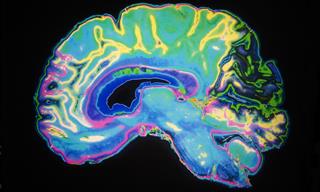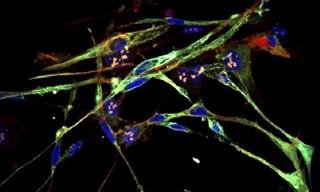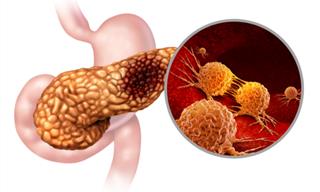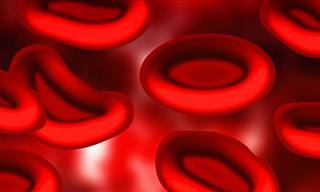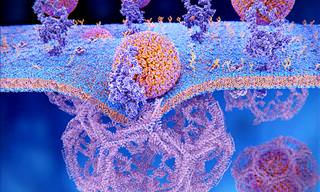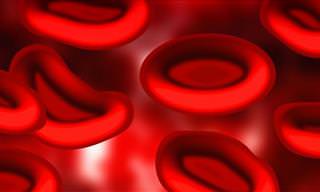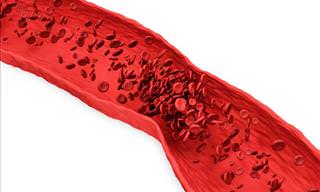Gene therapies herald the future of medicine, as they promise to do the impossible - cure hereditary diseases that were either completely or mostly out of reach for previous medical therapies. And now, for the first time, we have proof that gene therapies, namely CRISPR, can permanently cure two hereditary blood disorders - sickle cell anemia and beta-thalassemia.
CRISPR is a highly promising gene therapy that has the potential to be used for a variety of hereditary health conditions. The cutting-edge technology is capable of fixing genetic mutations by replacing them with healthy bits of DNA. A blood condition named sickle cell anemia and another related disorder called beta-thalassemia were among the first to be successfully treated with CRISPR.
What are sickle cell anemia (SCA) and beta-thalassemia (TDT)?
Sickle cell anemia is a dreadful blood disorder that affects millions worldwide and is considered one of the most common blood diseases in the United States. SCA is a hereditary condition that disproportionately impacts people of African-American heritage.
Sickle cell anemia is widely researched, which makes it a great candidate for CRISPR. Scientists have isolated a single genetic mutation that causes this condition. This mutation affects hemoglobin - a compound in the red blood cell responsible for carrying oxygen to the cells in the body. Beta-thalassemia is also caused by a few different genetic mutations that alter hemoglobin.
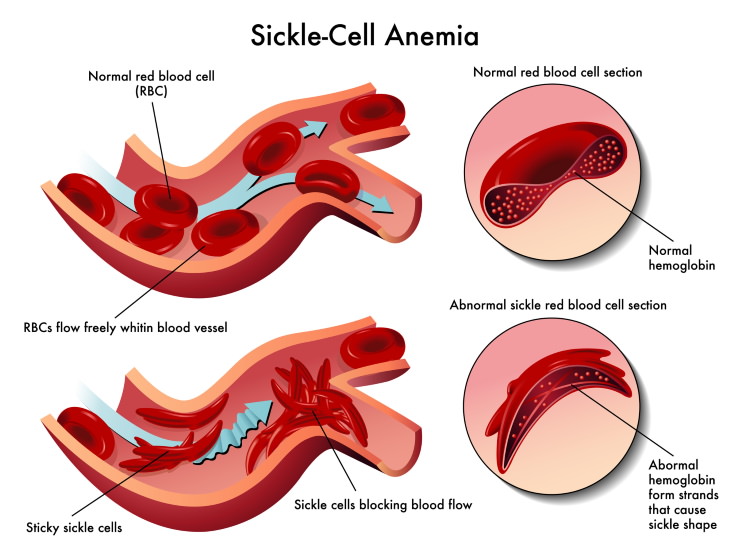
The structure of hemoglobin in SCA patients is atypical, which contorts the red blood cells out of their usual flat and round shape into a sickle shape, so they’re more likely to stick together and block blood vessels. For this reason, SCA patients have a higher risk of stroke, and the deformed red blood cells can also clog the liver, heart, spleen, lungs, or eyes.
As a result of both conditions, the altered hemoglobin isn’t able to provide the body with enough oxygen, and patients suffer from chronic fatigue, shortness of breath, and in the case of SCA, extremely painful attacks called sickle cell crises.
Until recently, the only known cure for both of these conditions was a bone marrow transplant - a risky and difficult procedure that isn’t available for all patients. Patients also need frequent blood transfusions, antibiotics, and pain relief medications to manage the condition on a day-to-day basis.
CRISPR Gene Therapy
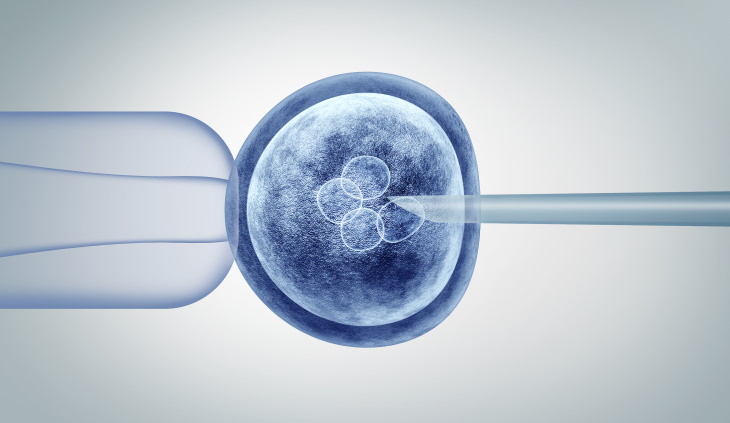
The treatment for these two blood disorders was developed by CRISPR Therapeutics and Vertex. The first trials for sickle cell disease and beta-thalassemia began in 2020, with a promising outcome. But now, 3 years following the beginning of the trial, the initial positive results still last for the majority of participants.
The therapy is called CTX001, or simply exa-cel, and it’s a single-dose treatment that alters the patients’ cells to start making the kind of hemoglobin they did at birth, which isn’t warped. The results of the trial were presented at the European Hematology Association Congress, and they reported the results of 75 participants. The gene therapy trials were collected from the blood stem cells of participants.
Of these participants, 44 were TDT patients, and 42 were transfusion-free following the treatment. The other two patients required fewer transfusions. Of the SCD patients, all of them were free of sickle cell attacks. Although two patients experienced initial adverse effects, they resolved on their own over time. Moreover, the effectiveness of exa-cel did not diminish even three years following the treatment. So currently, the majority of participants are essentially cured of the disease.
To sum up, a single-dose CRISPR treatment administered to patients with sickle cell anemia and beta-thalassemia is showing a consistent and lasting improvement in the patients’ well-being even 3 years following the therapy. The researchers will continue monitoring the patients to see whether or not these results are permanent. “Although we must continue to investigate the durability of these results, I am excited about the current data,” said the author of the trial abstract Stephan A. Grupp of the Children’s Hospital of Philadelphia.
H/T: Freethink, Synthego
 Go to BabaMail
Go to BabaMail


















